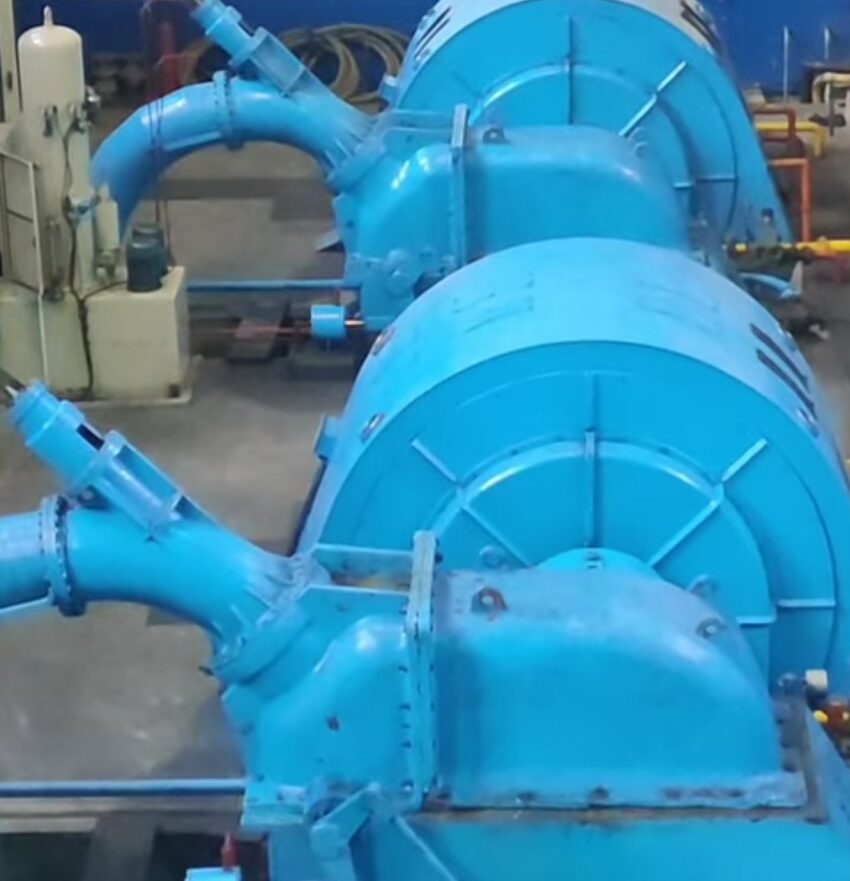Auther: Engr Rashid Ahmed Gabaro
Date: 17, August 2025
A. Background
- Gilgit-Baltistan (GB) has abundant water resources, yet communities face chronic electricity shortages.
- For the last 60 years, development programs have relied on small high-head hydropower plants constructed on seasonal nullahs and valley streams.
- These projects have repeatedly failed due to extreme weather, seasonal flow variations, and vulnerability to natural disaster.
B. Key Challenges with High-Head Hydropower
1.Winter Shutdown (Oct–Apr): Powerhouses cease operation due to freezing channels.
2. Summer Flooding (Jun–Sep): Glacial Lake Outburst Floods (GLOFs), flash floods, and cloud bursts damage channels and inundate powerhouses.
3. Maintenance Burden: Continuous repairs after floods make projects financially unsustainable.
4. Short Operational Period: Electricity available only for 3–4 months annually.
C. Introduction
Electricity generation in Gilgit-Baltistan (GB) has historically relied on small high-head hydropower plants constructed on seasonal streams and nullahs. However, six decades of experimentation has revealed their operational unsustainability, particularly under the region’s extreme climatic conditions. High-head schemes face winter shutdowns due to freezing channels (October–April) and summer interruptions due to Glacial Lake Outburst Floods (GLOFs) and cloud bursts (June–September). This paper, based on the author’s 34 years of professional experience in civil, architectural, hydraulics, Public Health Engineering and Hydropower infrastructure across GB, argues for a paradigm shift in policy and planning: from high-head to low-head run-of-river hydropower. It highlights technical, financial, and social dimensions of this transition, demonstrating that low-head hydropower can provide uninterrupted, sustainable, and cost-effective electricity supply throughout the year.
Gilgit-Baltistan is endowed with abundant hydrological resources, with rivers and streams flowing through all its districts. Despite this potential, the region continues to experience chronic electricity shortages. The current reliance on small high-head hydropower plants has failed to meet local energy demands, leaving communities without electricity for most of the year. Given the strategic importance of GB as the gateway to the China-Pakistan Economic Corridor (CPEC) and as a sensitive frontier region, sustainable energy planning is not only a technical necessity but a national priority.
D. Limitations of High-Head Hydropower in GB
High-head hydropower plants are typically constructed in narrow valleys with long power channels and diversion weirs. While technically feasible, their operational sustainability in GB is severely constrained by natural conditions:
- Winter Shutdowns (October–April): Freezing temperatures cause water channels and turbines to cease functioning. Electricity generation halts for nearly half the year.
- . Summer Flooding (June–September): GLOFs, flash floods, and cloud bursts damage power channels and inundate powerhouses, forcing extended outages.
- High Civil Costs: Approximately 75–85% of project costs are consumed in civil works (weirs, channels, tunnels), while machinery costs remain only 15–25%. Frequent natural disasters further escalate maintenance costs.
Over the past 60 years, these factors have demonstrated that high-head hydropower in GB is neither financially viable nor technically sustainable and feasible.
E. Low-Head Run-of-River Hydropower: A Viable Alternative
Low-head run-of-river (ROR) hydropower projects, constructed directly on perennial rivers, provide a more sustainable alternative:
- 1.Year-Round Operation: Perennial rivers, fed by glaciers and snowmelt, ensure uninterrupted water flow throughout the year.
- 2. Lower Civil Works Costs: Only 15–25% of project costs are allocated to civil structures; 75–85% go toward turbines and electromechanical equipment. This makes projects more resilient and less vulnerable to climate events.
- 3. Technical Simplicity: Shorter diversion structures, absence of long power channels, and modular turbine systems reduce the risk of damage during floods.
- 4. Scalability: Modular, scalable plants suitable for district-level energy needs. Each district in GB has major rivers (Indus, Hunza, Ghizer, Shigar, Shyok, Astore, etc.), allowing decentralized electricity generation at local scales.
- 5.Comparative Cost-Benefit Analysis
| Parameter | High-Head Hydropower | Low-Head Run-of-River Hydropower |
| Civil Works Share | 75–85% | 15–25% |
| Machinery/Turbine Share | 15–25% | 75–85% |
| Operational Months | 3–4 months (approx ) | 12 months continuous |
| Climate Vulnerability | High (floods, freezing) | Moderate (perennial rivers stable) |
| Maintenance Costs | High | Relatively low |
| Sustainability | Not viable (60-year evidence) | Sustainable and replicable |
F. Policy Recommendations
To ensure energy security and sustainable electricity in GB, the following measures are recommended:
- Shift Policy Direction: Transition from high-head to low-head hydropower development in all future Annual Development Programmes (ADPs).
- District-Level Planning: Exploit river potential in each district to establish decentralized, medium-capacity low-head hydropower plants.
- Long-Term Investment: Allocate medium- and long-term development budgets for machinery procurement and modular ROR technology.
- Disaster-Resilient Infrastructure: Design powerhouses and intakes with flood protection mechanisms, reinforced foundations, and climate-resilient technology.
- Public-Private Partnerships (PPP): Encourage private sector participation by reducing upfront civil costs and focusing on equipment-based investments.
- Community Benefit: Ensure uninterrupted round-the-year electricity to households, institutions, and industries to foster socio-economic development in GB.
- Socio-Economic Benefits: Uninterrupted electricity round-the-year for households, schools, hospitals, and industries will create Jobs through operation/ maintenance and will provide foundation for sustainable tourism, agriculture, and industrial development.
G. Conclusion
Gilgit-Baltistan’s electricity crisis cannot be solved through the continuation of high-head hydropower projects, which have proven unsustainable over the last six decades. Instead, a strategic shift toward low-head run-of-river hydropower can deliver sustainable, reliable, and cost-effective electricity. Such a shift requires bold policy decisions, medium- and long-term planning, and efficient allocation of development funds. Implemented effectively, this transition will not only empower the people of Gilgit-Baltistan with uninterrupted electricity but also strengthen Pakistan’s overall energy security and regional development.
H. Action Required:
Policymakers must prioritize low-head hydropower projects in ADPs, ensuring reliable, climate-resilient, and cost-effective energy for the people of Gilgit-Baltistan.

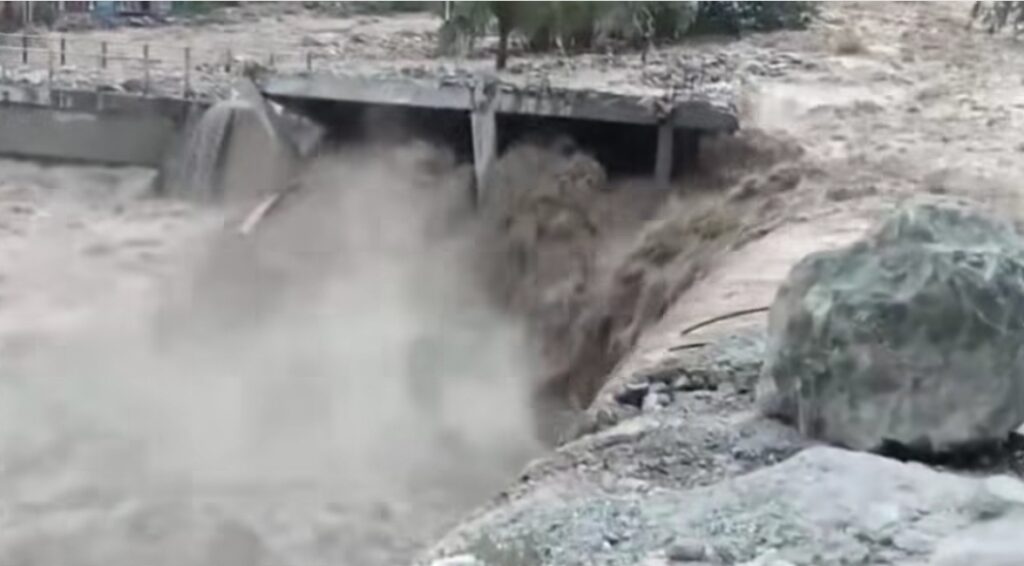



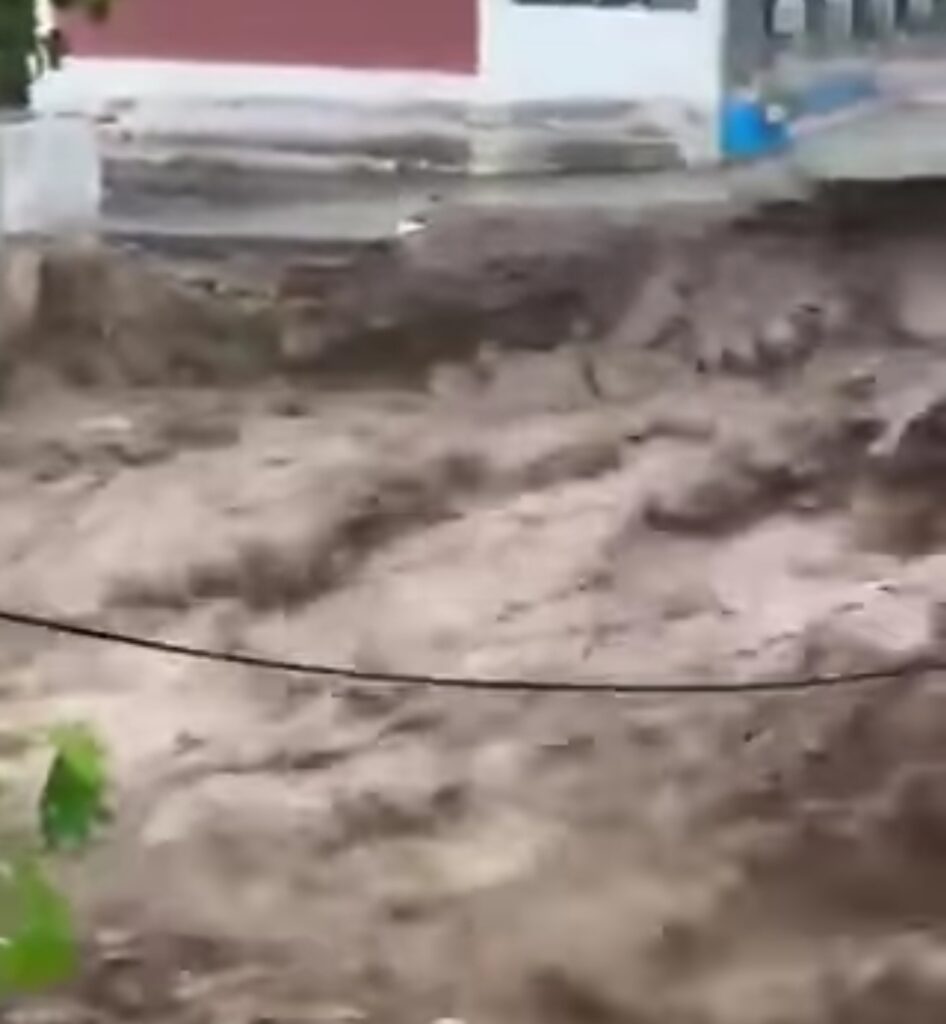


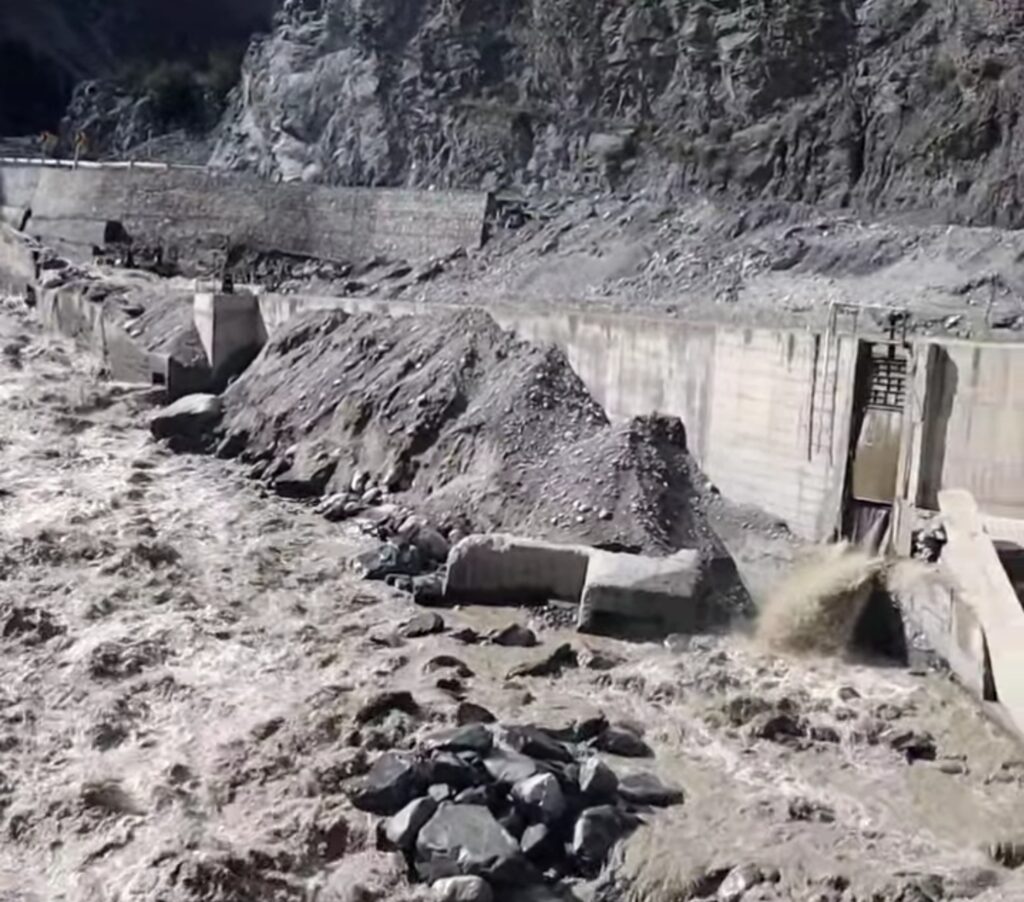
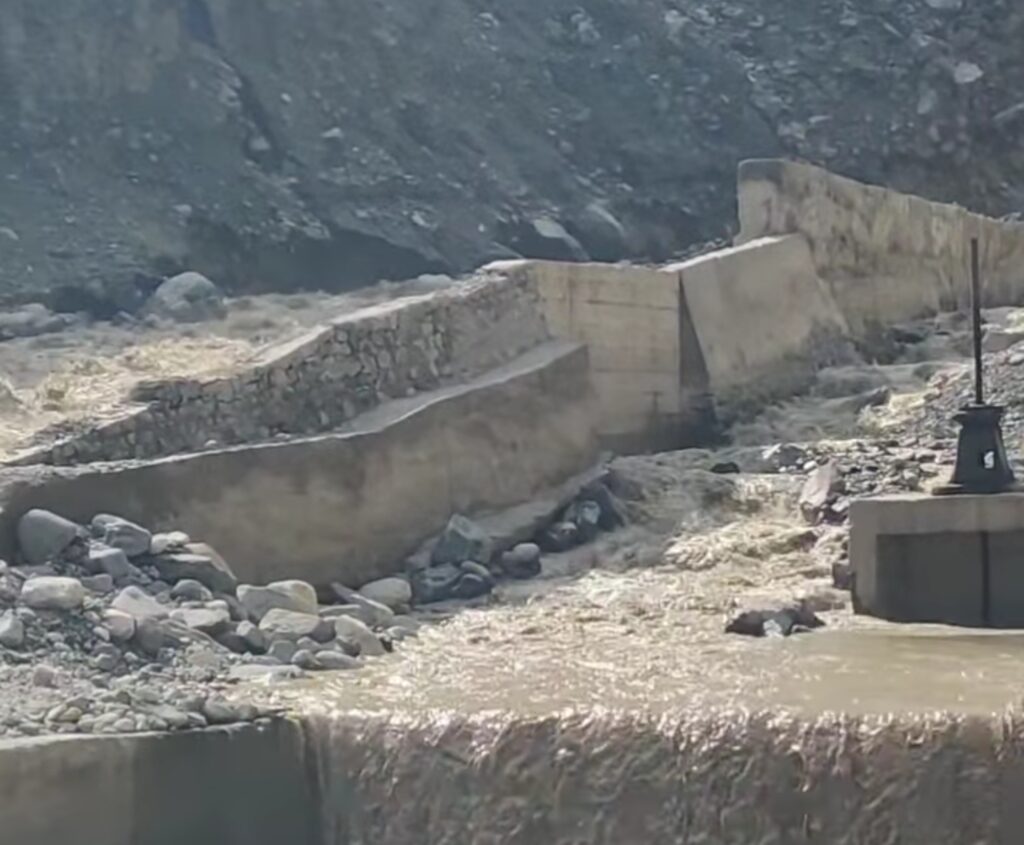

-خلاصہ ترجمہ
، تحریر۔ انجینئر رشیداحمدگبارو ، مؤرخہ 17 اگست 2025
پالیسی بریف
گلگت بلتستان میں پائیدار بجلی کی پیداوار: ہائی ہیڈ سے کم ہیڈ (Low-Head) رن آف ریور ہائیڈرو پاور کی طرف منتقلی
پس منظر
گلگت بلتستان قدرتی پانی کے بے پناہ وسائل کا حامل علاقہ ہے، لیکن عوام کو شدید بجلی کی قلت کا سامنا ہے۔
گزشتہ 60 برسوں سے ترقیاتی پروگراموں میں چھوٹے ہائی ہیڈ ہائیڈرو پاور منصوبوں پر انحصار کیا گیا۔
یہ منصوبے شدید موسم اور قدرتی آفات کے باعث ناکام ثابت ہوئے۔
ہائی ہیڈ ہائیڈرو پاور کے مسائل
سردیوں مینہروں کے جم جانے کی وجہ سے بجلی گھر بند ہو جاتے ہیں۔
گرمیوں میں تباہی (جون تا ستمبر): گلاف (Glacial Lake Outburst Floods)، بارش اور سیلابی ریلوں سے نہریں ٹوٹ پھوٹ کا شکار ہو کر پاور ہاؤس ڈوب جاتے ہیں۔
کم عملی دورانیہ: سال میں صرف 3 سے 4 ماہ بجلی ملتی ہے۔
انتہائی زیادہ سول اخراجات:75 تا 85 فیصد لاگت سول ورکس پر خرچ ہوتی ہے۔
صرف 15 تا 25 فیصد مشینری (ٹربائنز، جنریٹرز) پر خرچ ہوتی ہے۔
مرمت پر بھاری اخراجات: بار بار کی تباہی کے باعث منصوبے مالی طور پر غیر پائیدار ہیں۔
گزشتہ چھ دہائیوں کا تجربہ واضح ثبوت ہے کہ ہائی ہیڈ ہائیڈرو گلگت بلتستان کے لیے قابل عمل نہیں۔
متبادل حل: کم ہیڈ رن آف ریور ہائیڈرو پاور براہِ راست دریاؤں پر بجلی گھروں کی تعمیر (انڈس، ہنزہ، غذر، شگر، شیوک، استور وغیرہ)۔
اہم فوائد:سال بھر بلاتعطل بجلی کی پیداوار
سول لاگت صرف 15 تا 25 فیصد؛ مشینری کی لاگت 75 تا 85 فیصد۔
سیلاب یا گلاف سے کم نقصان (کیونکہ لمبی نہریں موجود نہیں ہوتیں)۔
چھوٹے اور درمیانے پیمانے کے منصوبے ہر ضلع میں لگائے جا سکتے ہیں۔
تقابلی جائزہ
پہلو ہائی ہیڈ ہائیڈرو کم ہیڈ رن آف ریور ہائیڈرو
سول اخراجات 75–85% 15–25%
مشینری اخراجات 15–25% 75–85%
عملی مہینے صرف 3–4 ماہ پورے 12 ماہ
موسمی و قدرتی خطرات بہت زیادہ کم اور قابلِ انتظام
بجلی کی فراہمی رُکی رُکی مسلسل اور پائیدار
پالیسی سفارشات
1. پالیسی میں تبدیلی: آئندہ ترقیاتی پروگرامز میں چھوٹے ہائی ہیڈ منصوبے ختم کر کے کم ہیڈ ہائیڈرو پاور کو اپنایا جائے۔
2. ضلعی منصوبہ بندی: ہر ضلع میں موجود دریاؤں پر درمیانے سائز کے منصوبے لگائے جائیں۔
3. طویل المدتی سرمایہ کاری: جدید ٹربائنز اور مشینری پر سرمایہ کاری کو ترجیح دی جائے۔
4. ماحولیاتی تحفظ: بجلی گھروں کو سیلاب سے محفوظ بنانے کے لیے مضبوط اور جدید انجینئرنگ ڈیزائن اپنائے جائیں۔
5. سرکاری و نجی شراکت داری: مشینری پر زیادہ سرمایہ کاری کی وجہ سے نجی شعبہ بھی آسانی سے سرمایہ لگا سکتا ہے۔
6. عوامی فوائد:
سال بھر بلا رُکے بجلی دستیاب ہوگی۔
گھروں، اسکولوں، اسپتالوں اور چھوٹی صنعتوں کو فائدہ ہوگا۔
روزگار اور معاشی ترقی کے نئے مواقع پیدا ہوں گے۔
نتیجہ
ہائی ہیڈ ہائیڈرو پاور گلگت بلتستان کے لیے غیر پائیدار ثابت ہو چکا ہے۔ وقت کا تقاضہ ہے کہ پالیسی ساز حضرات اپنی حکمتِ عملی کو کم ہیڈ رن آف ریور منصوبوں کی طرف منتقل کریں تاکہ عوام کو سال بھر سستی، محفوظ اور پائیدار بجلی مل سکے۔
